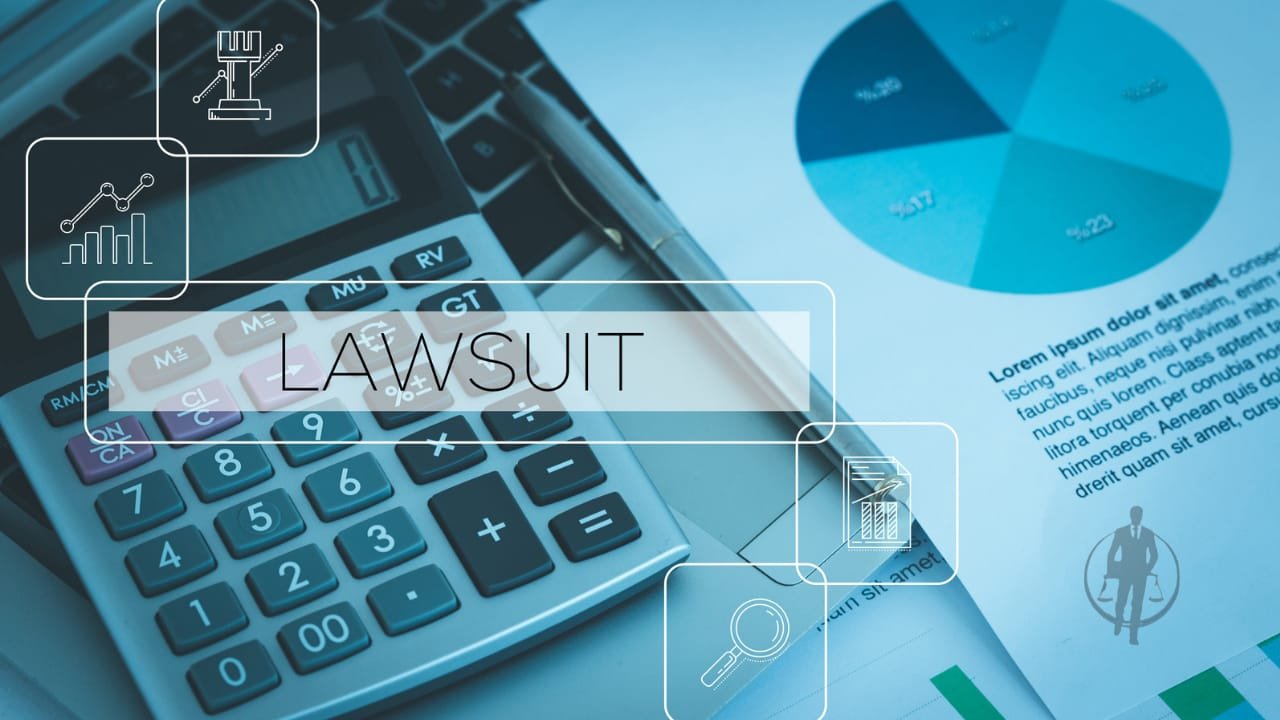The civil lawsuit between Smoothstack lawsuit LLC and Bernie Marden has turned into a major news story with numerous people expressing their opinions on social media and other platforms. This legal proceeding has caused the issues to be concerned with ethics and contractual obligations and workers’ rights as well as employers. The complexity of this matter raises the bar, and it has to be comprehended by anybody interested in employment law, corporate responsibility, and the digital technology overview of the tech market.
Key Features of Smoothstack Lawsuit
1. Allegations of Discrimination: Another of the key points that formed the basis of the Smoothstack cases is the claims of discrimination. Former employees, who were victims of some sort of unreasonable treatment at the workplace, have testified to this, having mentioned their age, gender, or race as possible reasons for this.
2. Breach of Contract: Besides the suit brought the breach of contract is studied. The shackled employees claim that Smoothstack ignored certain contractual agreements concerning workplace conditions, compensation, or job stability.
3. Class Action Lawsuit: The case is now a class action, with many people on the same side with total or partial reasons for joining the class. Therefore, the prominence of the case would be elevated and it would be pointed out how this particular case may be a pointer to the growing awareness by tech employers of discriminatory practices.
4. Public Scrutiny: As for Smoothstack’s lawsuit handling, close attention has been caught by various stakeholders, and as its resolution is watched by many. These issues can damage brand image, credibility, and the whole business CSR.
5. Legal Proceedings: Namely, the lawsuit against our company includes complex lawsuits, talks in the courtroom, negotiations, and discussions about the settlement. This process although would finally set a landmark in the way such cases will be solved in the future.

Pros:
1. Awareness and Accountability: The case is not only a catalyst for the debate around discrimination and workplace contractual rights, but the matter itself also becomes a trigger for awareness of them. Future companies are responsible for their deeds because they foster the ethos of openness and transparency.
2. Legal Precedent: The outcome of the lawsuit will likewise affect the employees and it will create a set of precedents that address the rights of the employees and to what extent there is an obligation with contracts in similar cases.
3. Employee Solidarity: A class action lawsuit, as employees show solidarity as they stand together, will be used to look into and claim the wrongdoing of their employer. Such solidarity as a group allows people to speak up in unison against existing prejudices, injustices, and social problems. …a primary role of collaboration is resource sharing. This function of collaboration is especially relevant during times of economic hardship, as it allows communities to work together towards a common goal of prosperity and stability.
Cons:
1. Reputational Damage: The claim will most likely lead to severe credibility loss for Smoothstack meaning that its partners, clients, and stakeholders would be at great risk of losing trust in them thus ruining their relationship.
2. Financial Implications: In addition to the frequent legal resources wastage such as legal fees, compensation, court costs, or awards of damages. Therefore, these financial consequences are likely to restrict the expenses of the firm that is engaged.
3. Uncertainty and Instability: The process of a lawsuit that extends indefinitely may bring about apprehension and instability to the firm which subsequently has negative impacts on the company’s employees’ morale, productivity, and retention.
Final Thought:
In addition to the relevance of fairness, equality, and law and order in business, the Smoothstack lawsuit draws attention to operational issues in modern organizations. The importance of looking at the bigger picture as the legal proceedings are on the way, should not be overlooked. The premier goal for stakeholders should be achieving an acceptable resolution that is, on one side, based on justice and, on the other side, transparent.
FAQs:
Q: What is the Smoothstack lawsuit about?
A: The lawsuit involves allegations of discrimination and breach of contract against Smoothstack, a tech company.
Q: Who are the parties involved in the lawsuit?
A: The lawsuit comprises former employees of Smoothstack as plaintiffs and the company itself as the defendant.
Q: What are the potential outcomes of the lawsuit?
A: The outcomes could range from settlements and compensation for the plaintiffs to legal precedents that impact employment practices in the tech industry.
Q: How has the lawsuit affected Smoothstack?
A: The lawsuit has led to reputational damage, financial implications, and increased scrutiny of Smoothstack’s business practices.
Q: What specific allegations have been made against Smoothstack in the lawsuit?
A: The allegations include claims of discrimination based on factors such as age, gender, or ethnicity, as well as breaches of contract related to employment terms and compensation.
Q: How did the Smoothstack lawsuit come to public attention?
A: The lawsuit gained public attention through media coverage, social media discussions, and possibly through formal legal proceedings or public statements from involved parties.
Q: Are there any ongoing updates or developments in the Smoothstack lawsuit?
A: Updates and developments in the lawsuit may include court rulings, settlement negotiations, or public statements from either party involved. Staying informed through reliable news sources or legal updates is advisable.
Q: What measures can companies take to prevent similar lawsuits in the future?
A: Companies can implement fair and transparent employment practices, provide regular training on diversity and inclusion, establish clear contractual agreements, and foster open communication channels to address employee concerns promptly.
Q: How does the Smoothstack lawsuit compare to similar cases in the tech industry?
A: Comparing the Smoothstack lawsuit to similar cases may provide insights into recurring issues within the tech industry, such as workplace discrimination or contractual disputes, and highlight evolving legal precedents or industry standards.
Q: Suppose an individual believes they have been discriminated against or treated unlawfully in the workplace. What steps can they take to resolve this issue and address the situations presented in the Smoothstack lawsuit?
A: People who think they have witnessed unfair discrimination and contract violations may want to consult legal advisers and understand their rights and legal options. This means that a patient could do this via writing a complaint to a relevant government agency, suing in a court if possible, or joining a collective lawsuit similar to a class action lawsuit if there is such an opportunity.
Q: What could the efforts of Smoothstack lead to regarding other tech industry companies?
A: The verdict as to whether the defendant was liable for the respective issues could affect how other enterprises in similar situations deal with discrimination cases, agreement concerns, and staff rights. The same can result in companies undertaking critical internal analyses of the policies, procedures, as well as workplace environment to ensure negligence of ethical standards and upholding the law.
Q: According to which stance has Smoothstack reacted to the accusations presented in the sample, as well as if the company denied the allegations for any reason?
A: The way SmoothStack would handle the allegations if be different as they would most likely resolve the issue through the court, public statements, or internal investigation. Recognizing Smoothstack’s position and actions may give a better big picture of how they try to solve the lawsuit problem.
Q: What would be the meaning of the roles of shareholders, staff, customers, and other stakeholders in the creation of fair and democratic workplaces of the likes of Smoothstack?
A: Stakeholders can influence the companies to behave ethically by making the transactions more transparent, ensuring that companies are responsive to their concerns and enforcing the diversity and inclusion principles, as well as making an informed decision regarding their involvement in investing in the companies based on their values and ethical standards.
Q: Does the Smoothstack decision, from the perspective of the tech sector and job law legal framework, mean to be short-term or long-term?
A: The Smoothstack case consequence can achieve this by setting many precedents that determine the nature of future legal interpretations, industry regulations, and society’s expectations regarding the employee’s privileges, ethical conduct, and the pursuit of corporate social responsibility in the tech industries of the world. Having this knowledge as a basis will allow the dialogue and reasoning at the political level to reflect in the view of all interested parties.


